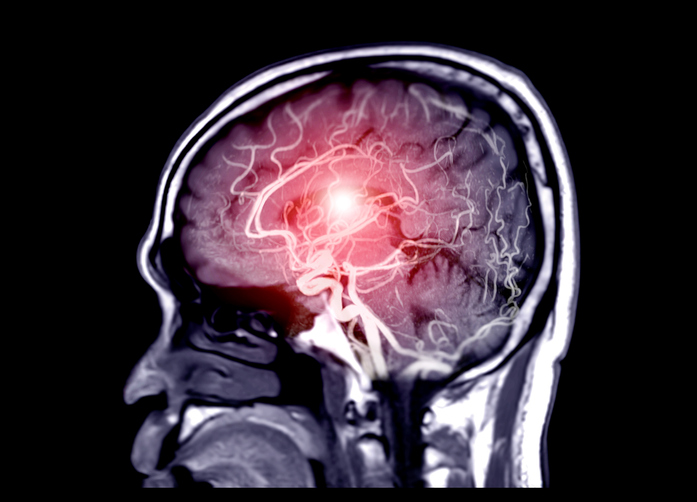As science helps us better understand pain, so does it help us understand how to better manage pain. Persistent pain, is pain in which lasts beyond the natural healing process of tissues. This means that the injury and the tissues that were damaged are healed but the person continues to experience pain.
Persistent pain is a complex equation that includes physical and psychological and emotional systems. Our past experiences, current personal relationships, financial health, work satisfaction, sleep and immune function, emotional state, and many other factors are all contributors to how we experience pain.
So what do we do when the tissues are healed but pain is still knocking at the door? We encourage you to open that door and learn more about pain, your body and then how we can retrain the pain system.
This includes three simple steps:
- Pain education
- Understanding the biopsychosocial nature of pain
- Learning how to change the pain system
Our brains determine our pain experience.
Pain depends on the integration of sensory and contextual processes – when pain persists, the integrative nature of this process is disturbed.
The brain is infamous for being very adaptable and malleable – we call this concept neuroplasticity.
Neuroplasticity can be defined as the brains ability to change, remodel and reorganize for the purpose of being able to adapt to new situations. In fact, in recent years, scientists have been able to use fMRI (functional magnetic resonance imaging) to demonstrate that persistent pain produces both structural and functional changes in the brain.

As disruptive as these changes can be for our clients, our brains have the capacity to change for the better even after many years of living with pain.
If you’re one of the many clients that has lived with pain for many months or years, and you want to learn more about your pain, body and how we can help you retrain your pain system, contact us to find a Physiotherapist Edmonton best suited to you.
Are you suffering from persistent pain and you want help?
Get in touch with our expert staff and book an appointment today. We work with patients in Edmonton to solve the underlying issues causing persistent pain, allowing you to retrain your pain system and feel better again.
Summerside Location
Westbrook Location
References:
Demarin, V., & MOROVIĆ, S. (2014). Neuroplasticity. Periodicum biologorum, 116(2), 209-211.
Goucke, C. R. (2003). The management of persistent pain. Medical Journal of Australia, 178(9), 444-447.
Peters, M. L. (2015). Emotional and cognitive influences on pain experience. Pain in psychiatric disorders, 30, 138-152.
Ploner, M., Sorg, C., & Gross, J. (2017). Brain rhythms of pain. Trends in cognitive sciences, 21(2), 100-110.
Seifert, F., & Maihöfner, C. (2011). Functional and structural imaging of pain-induced neuroplasticity. Current Opinion in Anesthesiology, 24(5), 515-523.
Zhang, J. H., & Huang, Y. G. (2006). The immune system: a new look at pain. Chinese medical journal, 119(11), 930-938.
